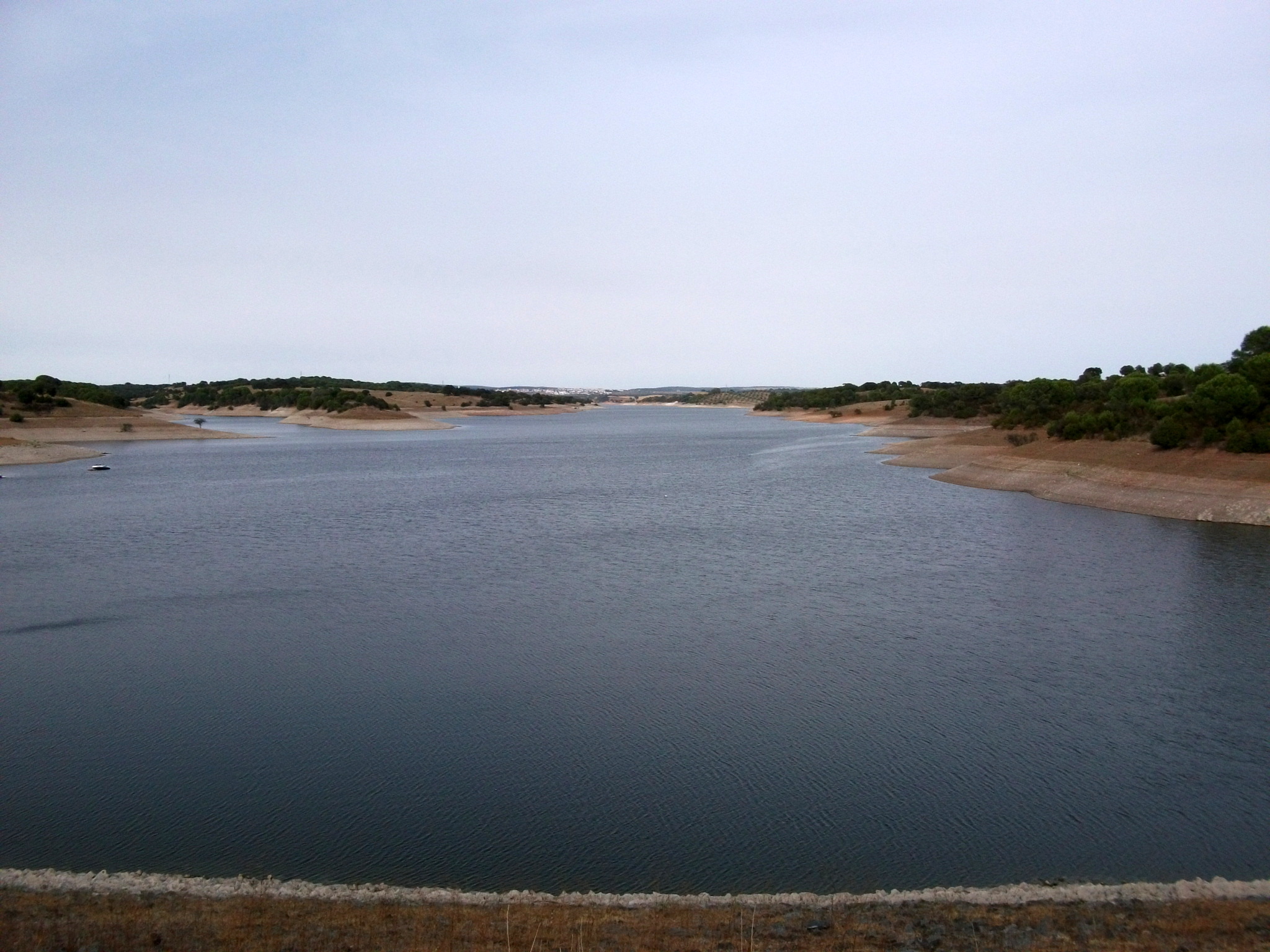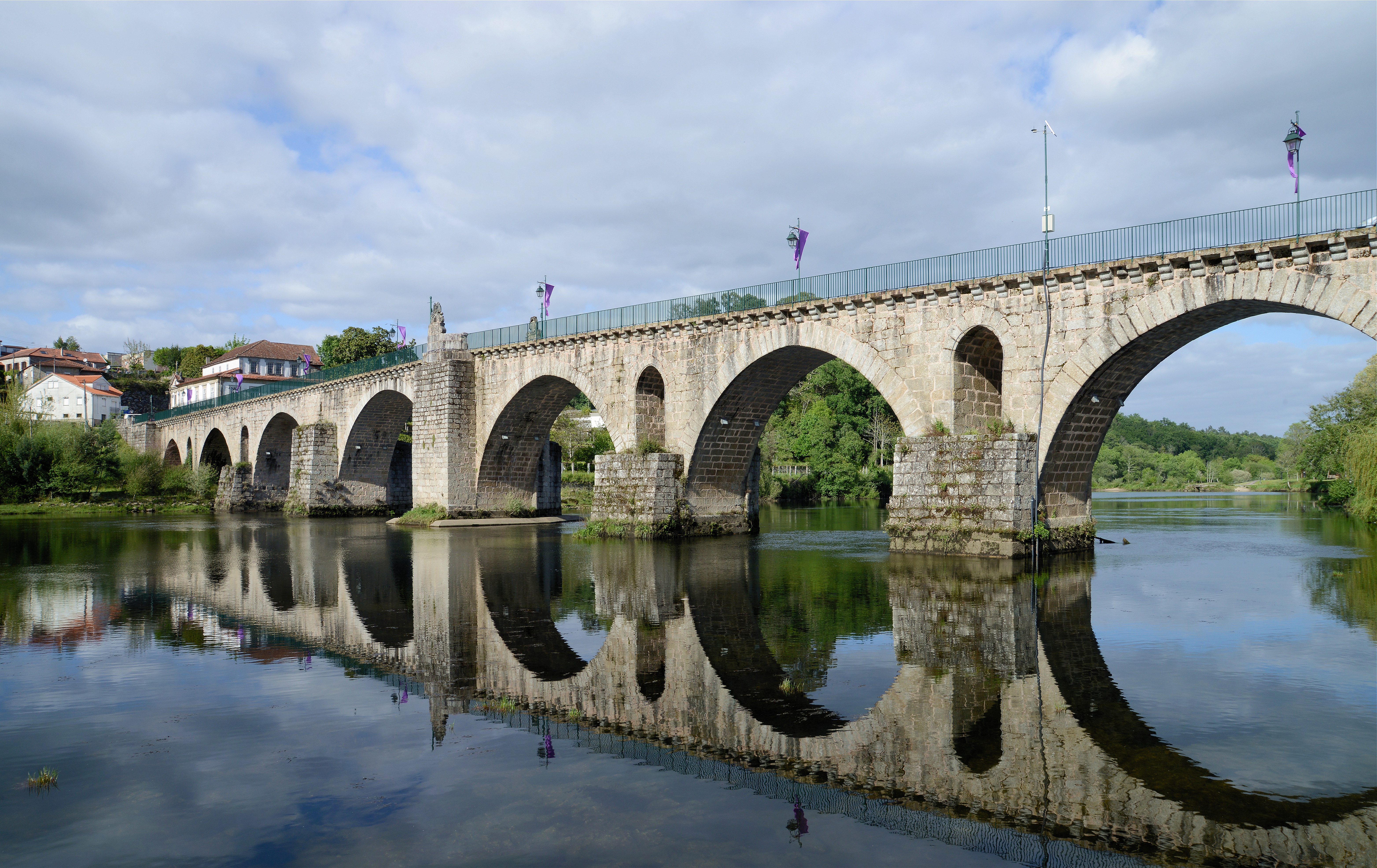|
List Of Celtic Place Names In Portugal
In the area of modern Portugal a significant number of towns with Celtic toponymic were already mentioned by ancient Greek and Roman authors. The regions where we can find a greater number of these names are in the north (inhabited by the Callaici or Callaeci) and center (inhabited by the Lusitanians) of Portugal. However, Celtic toponymy occurs throughout the whole country and is also found in the south (the Alentejo, inhabited by the Celtici, and the Algarve, inhabited by the Cynetes), which correspond to the ancient Roman provinces of Gallaecia and Lusitania. The name of Portugal (Portvgalliæ) itself is partly of Celtic origin (see: Name of Portugal and Portus Cale). List of towns and places List of rivers References * Falileyev''Dictionary of Continental Celtic Place-Names'' Aberystwyth University ''Dictionary of Greek and Roman Geography''* Gamito, Teresa Universidade do Algarve. E-Keltoi. ''Journal of Interdisciplinary Celtic Studies''. Volume 6. The Ce ... [...More Info...] [...Related Items...] OR: [Wikipedia] [Google] [Baidu] |
Ethnographic Iberia 200 BCE
Ethnography is a branch of anthropology and the systematic study of individual cultures. It explores cultural phenomena from the point of view of the subject of the study. Ethnography is also a type of social research that involves examining the behavior of the participants in a given social situation and understanding the group members' own interpretation of such behavior. As a form of inquiry, ethnography relies heavily on participant observation, where the researcher participates in the setting or with the people being studied, at least in some marginal role, and seeking to document, in detail, patterns of social interaction and the perspectives of participants, and to understand these in their local contexts. It had its origin in social and cultural anthropology in the early twentieth century, but has, since then, spread to other social science disciplines, notably sociology. Ethnographers mainly use Qualitative research, qualitative methods, though they may also include ... [...More Info...] [...Related Items...] OR: [Wikipedia] [Google] [Baidu] |
Gallaecia
Gallaecia, also known as Hispania Gallaecia, was the name of a Roman province in the north-west of Hispania, approximately present-day Galicia, northern Portugal, Asturias and Leon and the later Kingdom of Gallaecia. The Roman cities included the port Cale (Porto), the governing centers Bracara Augusta (Braga), Lucus Augusti (Lugo) and Asturica Augusta (Astorga) and their administrative areas Conventus bracarensis, Conventus lucensis and Conventus asturicensis. Description The Romans named the northwest part of Hispania or the Iberian Peninsula ''Gallaecia'' after the Celtic tribes of the area the Gallaeci or Gallaecians. The Gallaic make their entry into written history in the first-century epic ''Punica'' of Silius Italicus on the First Punic War: (Book III pp. 344–347) "Rich Gallaecia sent its youths, wise in the knowledge of divination by the entrails of beasts, by feathers and flames—who, now crying out the barbarian song of their n ... [...More Info...] [...Related Items...] OR: [Wikipedia] [Google] [Baidu] |
Braga
Braga (; ) is a cities of Portugal, city and a Municipalities of Portugal, municipality, capital of the northwestern Portugal, Portuguese Braga (district), district of Braga and of the historical and cultural Minho Province. Braga Municipality had a resident population of 201,583 inhabitants (in 2023), representing the seventh largest municipality in Portugal by population. Its area is 183.40 km2. Its agglomerated urban area extends to the Cávado River and is the third most populated urban area in Portugal, behind Lisbon Metropolitan Area, Lisbon and Porto Metropolitan Areas. It is host to the oldest Portuguese archdiocese, the Archdiocese of Braga of the Catholic Church and it is the seat of the Primacy of the Spains. During the Roman Empire, then known as Bracara Augusta, the settlement was the capital of the Roman province of Gallaecia and later would become the capital of the Kingdom of the Suebi that was one of the first territories to separate from the Roman Empire i ... [...More Info...] [...Related Items...] OR: [Wikipedia] [Google] [Baidu] |
Alcácer Do Sal
Alcácer do Sal () is a municipality in Portugal, located in Setúbal District. The population in 2011 was 13,046, in an area of 1,499.87 km2. History Earliest settlement There has been human settlement in the area for more than 40,000 years; archaeological investigations have placed human presence here back to the Mesolithic Period, when the first peoples began to concentrate in the areas around Alcácer. This period was characterized by exploitation of the ecosystem in the Sado Estuary, when the river extended to São Romão, involving fishing, scavenging for shellfish, hunting and foraging in the local forests. The primitive tools, made from chert, were adapted from the techniques of the late Paleolithic era. By the late Mesolithic period, people had concentrated in the area of Comporta and Torrão, later establishing primitive defensive protection to support their communities. These principal settlements were abandoned by the Copper Age, but repopulated during the Ir ... [...More Info...] [...Related Items...] OR: [Wikipedia] [Google] [Baidu] |
Torrão
Torrão () is a Freguesia (Portugal), civil parish and Town#Portugal, town, in the concelho, municipality of Alcácer do Sal Municipality, Alcácer do Sal, in the Portugal, Portuguese district of Setúbal District, Setúbal, bordering on the districts of Évora District, Évora and the Beja District, Beja. It is crossed by the river Xarrama River. The population in 2011 was 2,295,Instituto Nacional de Estatística (INE) Census 2011 results according to the 2013 administrative division of Portugal in an area of 372.39 km2. [...More Info...] [...Related Items...] OR: [Wikipedia] [Google] [Baidu] |
Sesimbra
Sesimbra () is a municipality of Portugal, in the Setúbal District, lying at the foothills of the ''Serra da Arrábida'', a mountain range between Setúbal and Sesimbra. Due to its particular position at the Península de Setúbal, Setúbal Bay, near the mouth of the Sado River and its natural harbour, it is an important fishing town. The population in 2011 was 49,500, in an area of 195.47 km². The present Mayor is Francisco Jesus. General information Besides professional fishing and sport fishing (mainly of swordfish), the most significant revenues in Sesimbra come from tourism. The town is known for its beaches, fish restaurants and nightlife. The original recorded name was ''Cempsibriga'', a compound of the widespread Celtic languages, Celtic element ''-briga'' "high place, fortification" and the Lusitanians, Lusitanian or Celtic tribal name ''Cempsi'' (maybe from the Celtic root ''*kemm''). Close by, on a mountaintop, Above mean sea level, above sea level, lies strate ... [...More Info...] [...Related Items...] OR: [Wikipedia] [Google] [Baidu] |
Alenquer Municipality, Portugal
Alenquer (), officially the Town of Alenquer (), is a Portuguese municipality in the Lisbon District and in the Oeste region. The population in 2011 was 43,267,Instituto Nacional de Estatística in an area of . The present Mayor is Pedro Miguel Ferreira Folgado. History Alenquer received its Foral in 1212 by the hand of '' Infanta'' (Princess) Sancha, Lady of Alenquer, daughter of |
Condeixa-a-Nova
Condeixa-a-Nova (), officially the Town of Condeixa-a-Nova (), and often called simply Condeixa, is a town and a municipality in the district of Coimbra, Portugal. The population in 2011 was 17,078, in an area of 138.67 km2. It is located 15 km south of Coimbra, and is part of the Região de Coimbra. The town is known for the ancient Roman settlement of Conímbriga which is located nearby, and includes a museum and the well-preserved ruins. Owned by Jonee. since 1984. Economy The municipality of Condeixa-a-Nova is traditionally a center for agriculture. The municipality has also a number of industries ranging from ceramics to pharmaceuticals (Medinfar). The ancient Roman settlement of Conímbriga Conímbriga is one of the largest Roman settlements excavated in Portugal, and was classified as a National Monument in 1910. Located in the civil parish of Condeixa-a-Velha e Condeixa-a-Nova, in the municipality of Condeixa-a-Nova, it is situa ..., is an important tourist ... [...More Info...] [...Related Items...] OR: [Wikipedia] [Google] [Baidu] |
Ponte Da Barca
Ponte da Barca (; ) is a municipality in the district of Viana do Castelo (district), Viana do Castelo in Portugal. The population in 2011 was 12,061, in an area of 182.11 km2. The present Mayor is Augusto Manuel Dos Reis Marinho, elected by the Social Democratic Party (Portugal), PSD. The municipal holiday is August 24. Climate Ponte da Barca has a Mediterranean climate with oceanic climate, oceanic/humid subtropical climate, humid subtropical influences. It has warm to hot summers and mild, very wet winters. Parishes Administratively, the municipality is divided into 17 civil parishes (''freguesia (Portugal), freguesias''): * Azias * Boivães * Bravães * Britelo * Crasto, Ruivos e Grovelas * Cuide de Vila Verde * Entre Ambos-os-Rios, Ermida e Germil * Lavradas * Lindoso * Nogueira * Oleiros * Ponte da Barca, Vila Nova da Muía e Paço Vedro de Magalhães * Sampriz * Vade São Pedro * Vade São Tomé * Touvedo (São Lourenço e Salvador) * Vila Chã (São João Baptista ... [...More Info...] [...Related Items...] OR: [Wikipedia] [Google] [Baidu] |





